Hidden Out in the Open
Spanish Migration to the United States (18751930)
Edited by
Phylis Cancilla Martinelli and Ana Varela-Lago
University Press of Colorado
Louisville
2018 by University Press of Colorado
Published by University Press of Colorado
245 Century Circle, Suite 202
Louisville, Colorado 80027
All rights reserved

The University Press of Colorado is a proud member of
the Association of University Presses.
The University Press of Colorado is a cooperative publishing enterprise supported, in part, by Adams State University, Colorado State University, Fort Lewis College, Metropolitan State University of Denver, Regis University, University of Colorado, University of Northern Colorado, Utah State University, and Western State Colorado University.
ISBN: 978-1-60732-798-1 (cloth)
ISBN: 978-1-60732-799-8 (ebook)
DOI: https://doi.org/10.5876/9781607327998
Library of Congress Cataloging-in-Publication Data
Names: Martinelli, Phylis Cancilla, editor. | Varela-Lago, Ana (Ana Maria), editor.
Title: Hidden out in the open : Spanish migration to the United States (18751930) / edited by Phylis Cancilla Martinelli and Ana Varela-Lago.
Description: Boulder : University Press of Colorado, [2018] | Includes bibliographical references and index.
Identifiers: LCCN 2018021461| ISBN 9781607327981 (cloth) | ISBN 9781607327998 (ebook)
Subjects: LCSH: SpaniardsUnited StatesHistory19th century. | SpaniardsUnited StatesHistory20th century. | SpaniardsUnited StatesEthnic identity. | SpaniardsCultural assimilationUnited States. | SpainEmigration and immigration19th century. | SpainEmigration and immigration20th century. | United StatesEmigration and immigrationHistory19th century. | United StatesEmigration and immigrationHistory20th century.
Classification: LCC E184.S7 H54 2018 | DDC 973/.0461dc23
LC record available at https://lccn.loc.gov/2018021461
Chapter 2 is reprinted with permission and was originally published as The Andaluca-Hawaii-California Migration: A Study in Macrostructure and Microhistory, Comparative Studies in Society and History 26, no. 2 (April 1984): 30524. Chapter 3 is a revised version of an article originally published in Struggle a Hard Battle: Essays on Working-Class Immigrants, ed. Dirk Hoerder (DeKalb: Northern Illinois University Press, 1986), 17098.
Cover illustrations. Top: The Ateneo Espaol in Beckley, West Virginia, photo courtesy of Thomas Hidalgo. Bottom: Interior of a cigar factory in Tampa, Florida, photo courtesy of the University of South Florida Library, Special Collections.
To Spanish immigrants and their descendants everywhere
Contents
Ana Varela-Lago and Phylis Cancilla Martinelli
Ana Varela-Lago
Beverly Lozano
Gary R. Mormino and George E. Pozzetta
Christopher J. Castaeda
Brian D. Bunk
Phylis Cancilla Martinelli
Thomas Hidalgo
Ana Varela-Lago
Ana Varela-Lago and Phylis Cancilla Martinelli
Figures
Booklet commemorating the celebration of the anniversary of the death of Miguel de Cervantes in New York in 1875
Model of the statue of Cervantes that Spanish immigrants planned to donate to the city of New York
First Spanish edition of Charles Lummiss Spanish Pioneers
Juan C. Cebrin donation to the University of California
Commemoration of the Fiesta de la Raza in Tampa in 1917
Article on Galician immigrants in New York in Vida Gallega
Clubhouse of the Centro Asturiano de Tampa
Mastheads of anarchist periodicals published by Spanish immigrants in Tampa
The leader of Cuban independence, Jos Mart, with cigar workers in Ybor City (Tampa) in 1891
The Cuesta-Rey cigar factory in Tampa
A lector reads to the cigar workers
Aerial view during construction of the Brooklyn Bridge, ca. 1878
Advertisement for a Spanish boardinghouse and bodega in Brooklyn, 1891
El Despertar masthead
Pedro Esteve, ca. 1920
Agustn Castaeda with his wife, Elizabeth Broint Castaeda, ca. 1905
Spanish Pro-Revolution Committee flyer
Advertisement for a social event at the Brooklyn Crculo de Trabajadores
The area once described as the Spanish Colony of Brooklyn under redevelopment in 1936 for the Cadman Plaza Park
Hudson river piers a few blocks south of the Anca residence at 353 West Eleventh Street in Greenwich Village
Showing 154 West Fourteenth Street. During the 1910s and 1920s the building was home to the Spanish consuls office, a Spanish-language bookstore, and the various business interests of Jaime V. Lago
Poster for the 1922 movie Blood and Sand
Work card for Gabino Zalba, one of the Spanish workers employed in the mines at Jerome
Father Angel Esteve
Manuel Mrquez Cabrera, one of thousands of Spaniards who worked in the mines of West Virginia
John Ubeda, pictured with the truck of the company he started with his brother Frank in the late 1930s
Frank Ubeda and his guitar in West Virginia
Gathering of Spaniards in West Virginia
Building of the Ateneo Espaol in Beckley, West Virginia
Gathering at the Ateneo Espaol in Beckley, West Virginia
Article in the Spanish press warns against the migration of Spaniards to the Panama Canal
Article in the Spanish press warns against the migration of Spaniards to Hawaii
The Oncina family, one of the Spanish families that migrated to Hawaii in the early twentieth century
States with the highest population of Spaniards (1900, 1910)
States with the highest population of Spaniards (1920, 1930)
Advertisement in the Spanish New York daily La Prensa
Advertisement in the Spanish New York daily La Prensa
Maps
Map of Spain
Arizonas mining towns
Tables
Foreign-Born Population in the United States (18501920)
Trend in the Number of Cigar-Manufacturing Establishments in the United States (18591931)
Production of Cigars and Cigarettes in the United States (millions) (18701930)
Southern European Immigrants in Arizona (18901920)
This book began as an outgrowth of previous research and out of the need to fill a gap in scholarship, but it was also shaped by the personal experiences of the editors. When Phylis C. Martinelli was writing her book Undermining Race: Ethnic Identities in Arizona Copper Camps, 18801920, she found that the growing literature on Italian and Mexican workers contrasted with the lack of research on Spanish immigrants, an important component of the workforce in the Arizona mining camps she studied. Her research led her to articles by Thomas Hidalgo and Luis Argeo on Spaniards in the coal and zinc mines of West Virginia. Social media, then in its infancy, opened the door to a thriving virtual community of Asturian Americans, descendants of immigrants from the Spanish region of Asturias in the United States.
During this time, Phylis also formed personal connections with Spain, as her son, who had traveled to Spain for language immersion studies, married a wonderful Spanish woman. Phyliss first trip to Spain was to attend the wedding, near Seville. Following the birth of her grandson, Victor, her visits to Andalusia became more regular. She also grew interested in the Ro Tinto Copper Mine in the neighboring province of Huelva, owned by a British-Australian company. Knowing of British copper interests in Arizona, she began to study the ties between the United States and Ro Tinto. The result was a paper presented at the Western History Association Conference: Spaniards: Racially In-Between Activists in Arizona Copper Towns 19001920, which in turn led to conversations with Darrin Pratt, of the University Press of Colorado, about the possibility of writing a book on the topic. The final product they envisioned was an edited volume on the experiences of Spanish immigrants in the United States, a subject about which there was a surprising gap in the ample and expanding scholarship on migration and ethnicity.


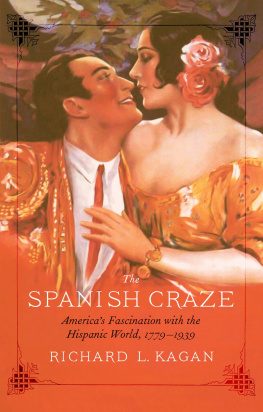
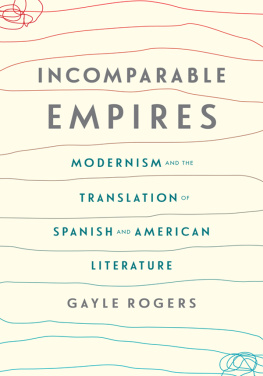

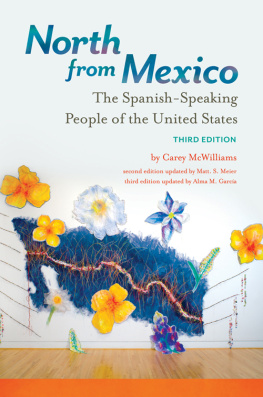
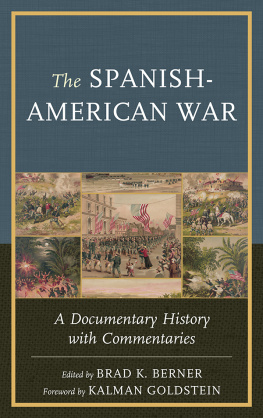
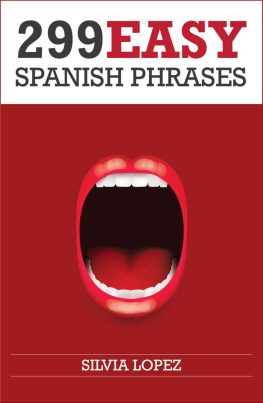
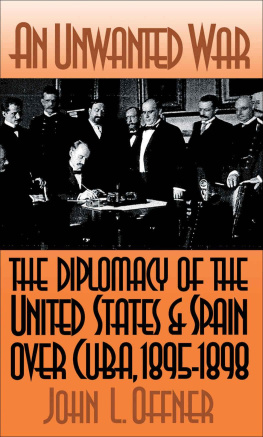

 The University Press of Colorado is a proud member of
The University Press of Colorado is a proud member of